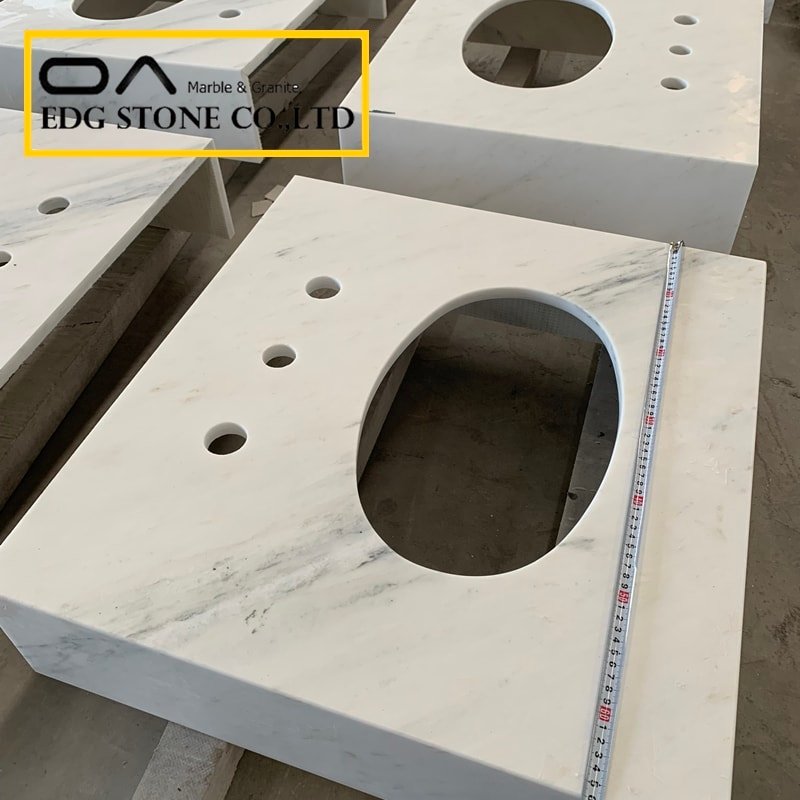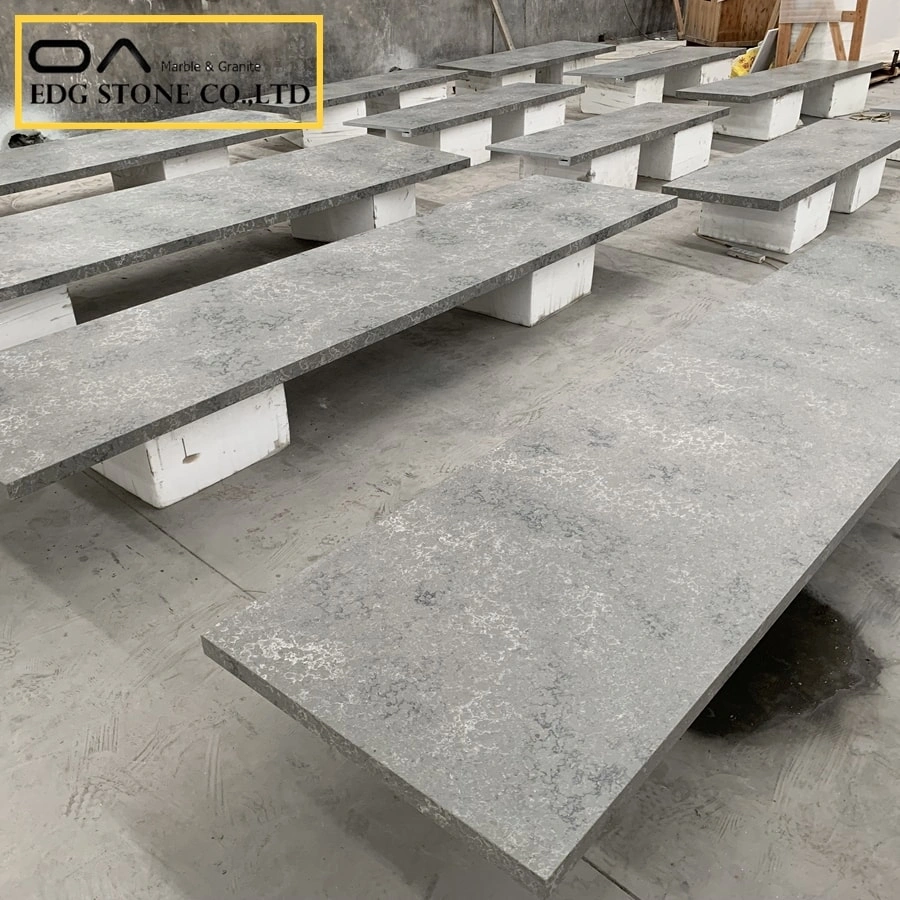Many consumers like to use artificial stone when choosing countertops such as cabinets. However, some consumers often neglect the later maintenance and maintenance of artificial stone countertops, but they do not know that reasonable maintenance is essential to prolong the service life of artificial stone countertops.
1. Avoid placing high-temperature objects directly
Artificial stone has poor thermal conductivity. Hot pots, hot pots, or other utensils with high temperatures that are directly taken from the stove, oven, or microwave may cause cracks on the surface of the artificial stone countertops. You can use a potholder with rubber feet, or put an insulation pad on the countertop. In addition, artificial stone countertops cannot be boiled immediately after being rinsed in cold water.
2. Avoid contact with strong chemicals
Artificial stone has long-lasting damage resistance, but it still needs to avoid contact with strong chemicals, such as paint removers, metal cleaners, stove cleaners, etc. If you accidentally come into contact with the above items, immediately wash the artificial stone surface with plenty of soapy water.
3. Avoid heavy or sharp objects impacting the surface
Do not allow heavy or sharp objects to directly impact the surface. Please use a cutting board when cutting vegetables in the kitchen. Although the artificial stone countertop is durable and durable, it will also leave unsightly scratches.
4. Try to keep the artificial stone countertops dry
Because the water contains a lot of bleaching agents and scales, after staying for a long time, the color of the countertop will become lighter and affect the appearance. Therefore, after being stained with water, you need to wipe it off with a rag in time.
In addition to artificial stone, there are other options for countertops: natural stone and polished tiles. Polished tiles still have advantages in terms of hardness, wear resistance, acid resistance, scratch resistance, high-temperature resistance, and stain resistance. The disadvantage of polished tiles is that they are not as large as artificial stones, have many splicing places, and large gaps in splicing places.







